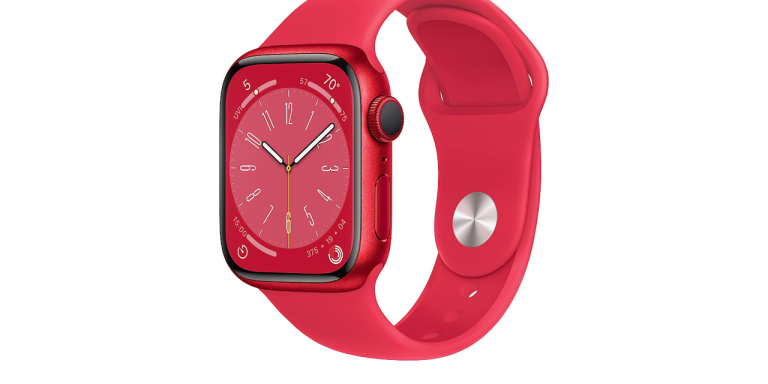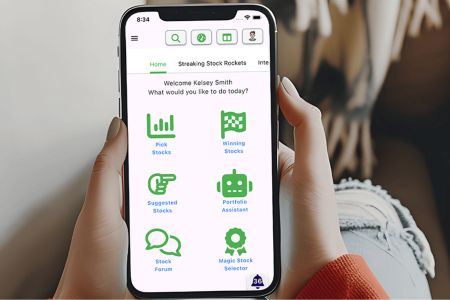As kids go back to school, more of them are wearing Apple Watches with the blessing of their parents.
The device, which initially struggled to gain an identity of its own in a product line bejeweled with iPhone, iPad and Mac products, is now Apple Inc.’s
AAPL,
hottest-selling product. Its growing popularity in great measure is as a safe, easy-to-monitor proxy for iPhone. As a result, Apple is pushing its nearly decade-old product as never before.
The roaring comeback of Apple Watch speaks to the upside of an ultra-safe device for children in an era of school shootings, increasing concerns over mental health for teens, online kids safety, and more-affordable alternatives to the iPhone. Just as importantly, the new-found popularity of Apple Watch speaks to the concept of reinvention in tech.
And it plays into Apple’s strength: Market research shows consumers are 2.5 times more likely to buy Apple products for students. It’s being purchased for children as young as 5. This comes as, Apple has seen some relatively rough quarters of late (for them, at least) due to slowing sales of other products.
“It puts a premium on focus time for kids, and offers parents peace of mind on their time at school,” Carolina Milanese, an analyst at Creative Strategies, said in an interview. “There are few things more frustrating for a parent than trying to pry a smartphone from the clutches of their children.”
With the watch’s cellular abilities, parents can use it to reach and track their children, while the miniature screens mitigate issues like internet addiction.
Since smart watches have minimal apps and no web browser or camera, children are less likely to be exposed to distracting games, sexting and other adult content, according to Common Sense, which monitors kid safety online.
Read more: Apple sees sales decline for third quarter in a row — and says performance could be similar this quarter
The use of smart watches as children’s gadgets show how the audience for a consumer technology product can morph in unexpected ways. Earlier this year, Apple Chief Executive Tim Cook told investors that nearly two-thirds of customers who purchased an Apple Watch were first-time buyers.
The reinvention of a product
It’s been a remarkable journey in Apple Watch’s transformation, but not totally unexpected. There is an axiom in Silicon Valley: Everything is reinvented, including company names and products. Remember, Apple changed its corporate name from Apple Computer Inc. in 2007.
Apple Watch was introduced as a luxury accessory in late 2014 but soon transformed into a health device. Still, sales were middling to the point where Apple did not disclose the Watch’s sales as it does other product lines.
Within a few years, the Watch became an indispensable medical device and barometer of health for athletes, boosting sales. But another makeover was on the way from Apple.
By 2020, the company introduced Family Setup, software that let parents track their children’s locations, manage their contacts list and limit their notifications. In 2022, a special mode called Schooltime debuted that restricts the Apple Watch during school hours. Parents can remotely manage this from their iPhone, limiting their students’ access to the internet, social media web sites, apps and a camera.
The latter feature seemed to especially resonate with parents in an era of school shootings and the dark side of the web, such as texting, bullying and internet addiction.
Of course, the biggest selling point for parents is price. At less than $400 for most models, Apple Watches cost significantly less than iPhones.
Read the full article here









